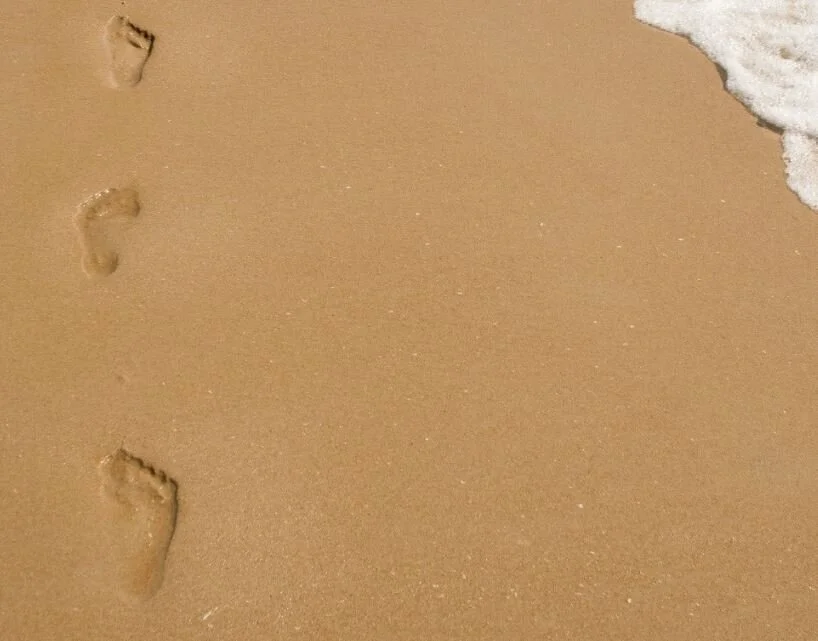Shifting capacity's importance in fundraising
Dear Diary,
When I first joined prospect research, I learned about capacity, inclination, and affinity. But every day I focused on only capacity (the estimated range in which someone could give to my organization). My work was very routine in the sense that I proactively researched someone based on how much they could potentially give. But, no one in prospect development was emphasizing or asking the question, “do their interests align with ours and would they be inclined to give?”
I’m at a point in my career that I think about capacity strategically by shifting its importance and bind on my work so I can emphasize on inclination (understanding through a fundraiser’s engagement whether the prospect is willing to give) and affinity (a prospect’s philanthropic interests and alignment to my organization’s work). Please note that my message and goal is not to dismiss capacity because I know its role, my hope is that we can work together to also prioritize a prospect’s philanthropic interests and will to give, to see how everything could benefit our fundraising efforts holistically.
Here is a hypothetical scenario:
Bob and Sherrie Smith are high-net worth prospects who make large donations through their family foundation. Majority of this foundation’s giving is to nonprofits focused on climate change and the environment. My nonprofit is focused on access to higher education and mentorship. As prospect development and frontline strategize, the main focus is “how do we get the Smiths’ attention? It would be amazing to get a gift from them. What is their capacity?”
In this situation, should we be asking about capacity or is affinity the issue? By only focusing on capacity and how much someone can give, we are ignoring the blaring signs - we are not an organization for the Smiths, and what we are trying to achieve for our constituents does not align with the Smiths’ philanthropic interests. This difference in causes is not a bad thing, but it has to be noted and accepted, so we can make way for a new supporter. However, many of us in the industry sit in meetings and go over only capacity. We drum over how much the Smiths could give and ignore those who are more willing and more interested.
To be honest, I recognize that as fundraising professionals we think and work from a mindset of securing funding and a lack of funding. But, if we could take a moment away from our constant state of financial panic, and breathe and consider “well who actually cares about the community I serve? And, are they willing to give?” Then maybe, we could slightly lessen the stress surrounding fundraising, solicitation, and engagement.
Until next time, May 15th!





